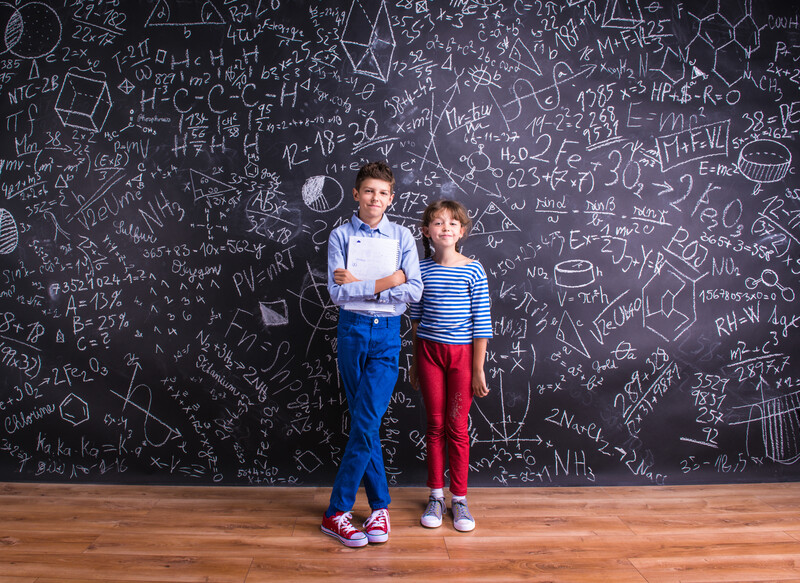EL author Alfred S. Posamentier (p. 44) notes that when he mentions he's a mathematician at social gatherings, the reaction from many adults is a proud declaration of their own incompetence at, or intense dislike of, mathematics. He says math is the only subject about which adults can cheerfully exclaim they know nothing, and still be thought intelligent and even educated.
Yet math and science also claim the highest respect in the everyday world. We attribute much of economic competitiveness and most medical breakthroughs to superior knowledge and skills in math and science. We also (rightly or wrongly) characterize the study of math and science as more rigorous and intellectually challenging than the study of literature, social studies, or the arts. We regard higher math and science as important but elitist, not for every student.
Why do typical attitudes toward math and science need to change? The argument for being literate in the “hard sciences” usually begins with an emphasis on the technology of our times. If students are to compete in the professional job market, they will most likely need to know the math and the sciences that undergird these positions. And even if students never meet a quadratic equation in later life, learning the sciences hones critical thinking and problem-solving skills.
Unfortunately, the average U.S. student's mastery of math and science—as indicated by NAEP, SAT, and ACT scores—is not keeping up with this increased need to know. Yes, this year's average math score on the SAT was three points higher than the average score in 1967, but are three points significant? Only four in 10 earned a score of 22 or higher on the ACT math test, the level associated with a high probability of getting a C or better in a first-year college-level course (Borsuk, 2003). The achievement gap is another matter of concern. Nationally, 61 percent of black 8th graders were rated at the minimal proficiency level on the NAEP, compared with 20 percent of white students (National Center for Education Statistics, 2003).
Considering this situation, how do we improve the teaching of mathematics and science, and thereby enlarge the number of mathematically and scientifically literate citizens? Here are some of the ideas our authors offer.
Improve the curriculum and offer a more standardized sequence of content to all K-8 students. William H. Schmidt (p. 6) notes that one-third of U.S. 8th graders attend a middle school that does not offer an algebra course. Thus, one-third of U.S. students have not even had the opportunity to study what international standards have established as rigorous math appropriate to the 8th grade. In addition, U.S. middle school teachers' training does not come close to the level of formal math training found among teachers in high-achieving countries. Schmidt believes that a common, coherent, and challenging curriculum is an important first step toward boosting math achievement.
Analyze teaching methods. James W. Stigler and James Hiebert (p. 12) alert educators to the fact that teaching is a cultural activity: “learned implicitly, hard to see from within the culture, and hard to change.” An analysis of ingrained behaviors and a focus on improving the instructional methods that teachers use in the classroom will yield great returns and can be a more powerful impetus for change than the curriculum materials that teachers use, the authors suggest.
Make learning more meaningful. In an effort to teach skills and boost scores, some teachers spoon-feed students and some make math and science too procedure-driven. Several authors point out ways to change these mind-numbing practices and possibly improve students' attitudes toward the sciences. For some suggestions, read the articles by Catherine Lewis and colleagues (p. 18); Kathleen Conn (p. 30); Sharon Griffin (p. 39); and Carol Corbett Burris and colleagues (p. 68).
Make no mistake; society remains conflicted over math and science. Should teaching be constructivist or traditional? Should students use calculators or learn by rote? Should problems be textbook-based or spring from real life? Should the curriculum introduce more concepts earlier or address fewer in depth? Should we look for teacher-proof strategies or do more elementary and middle school teachers need to learn the specialized pedagogy of math and science? This issue raises the questions and points to promising practices.



